Are air fresheners toxic? Toxicologists warns it's a home fragrance item to get rid of right now – plus, safer alternatives to try
Using plug-in air fresheners at home? You may reconsider after reading what experts have to say about them


Nowadays, home fragrance options are plentiful, including room sprays, incense sticks, candles to reed diffusers and beyond.
Plug-in air fresheners remain one of the most popular, affordable and convenient types. But using plug-in air fresheners can come with health risks, according to our toxicologists.
I spoke to certified toxicologists to find out what the risks posed by these devices might be, and their preferred non toxic ways to make a home smell nice.
Are plug-in air fresheners toxic?
In a word, yes. Ryan Marino, Medical Toxicologist and MD, warns that some ingredients in plug-in air freshener products can be toxic, or form toxic byproducts, although the 'full extent of air freshener use on human health is not fully understood.'
We do not know what levels of exposure will cross the toxic threshold, and whether that threshold will vary between individuals. We do know that plug-in air fresheners contain chemicals that are known to be harmful to human health. Marino adds, 'plug-in fresheners can contain chemical compounds known as phthalates, which are known to be endocrine disruptors, as well as carcinogens.
'In fact, a number of ingredients that are commonly used in plug-in air fresheners are human carcinogens, like PCDB, naphthalene, acetaldehyde, formaldehyde, and dioxane, in addition to many other volatile organic compounds. The effects of these chemicals on human health have not been studied when applied to air fresheners specifically, but their harm has been shown ‘in other applications.'
If we set aside the potential endocrine-disrupting or carcinogenic effects, PhD Board Certified Toxicologist Dr Bruce Jarnot points out that plug-in air fresheners still pose risks to ‘sensitive individuals, including asthmatics, or children and pets who breathe in at ground level.’
Design expertise in your inbox – from inspiring decorating ideas and beautiful celebrity homes to practical gardening advice and shopping round-ups.
This may also reduce your home's air quality.
Jarnot also stresses that ‘companies are not required to list all fragrance ingredients on their labels; therefore, many people are not aware of what they are inhaling.’
Learn more about the non-toxic home essentials we swear by.
What about 'all-natural' plug-in fresheners?
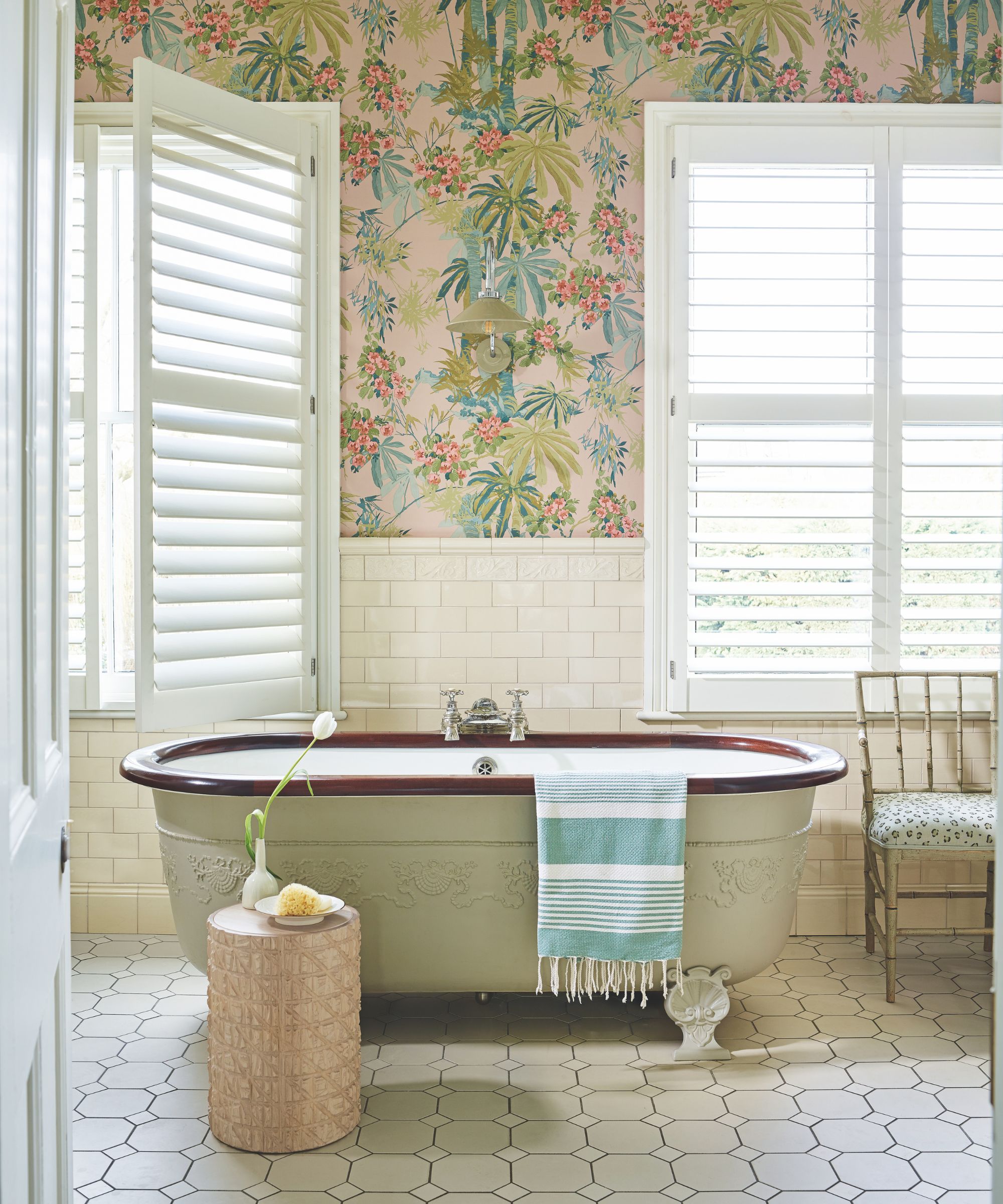
If the plug-in air freshener you’ve been using has a very basic list of ingredients and features the ambiguous term ‘parfum’, you likely won’t know what’s really in it. Don’t be swayed by ‘all-natural’ marketing, either. Marino warns, ‘Even products labeled all-natural can contain unlisted carcinogenic ingredients, and alternatives like essential oils carry significant health risks and the potential for adverse effects.’
Undoubtedly, as consumers increasingly favor ‘natural’ products, manufacturers of plug-in air fresheners are eager to green wash their offerings. Often, they simply add a natural ingredient or two to the existing formula, allowing them to market the product as ‘natural’, despite it being anything but. If you are sensitive to fragrances, it’s best to avoid plug-in air fresheners.
What should I use instead of plug-in air fresheners?
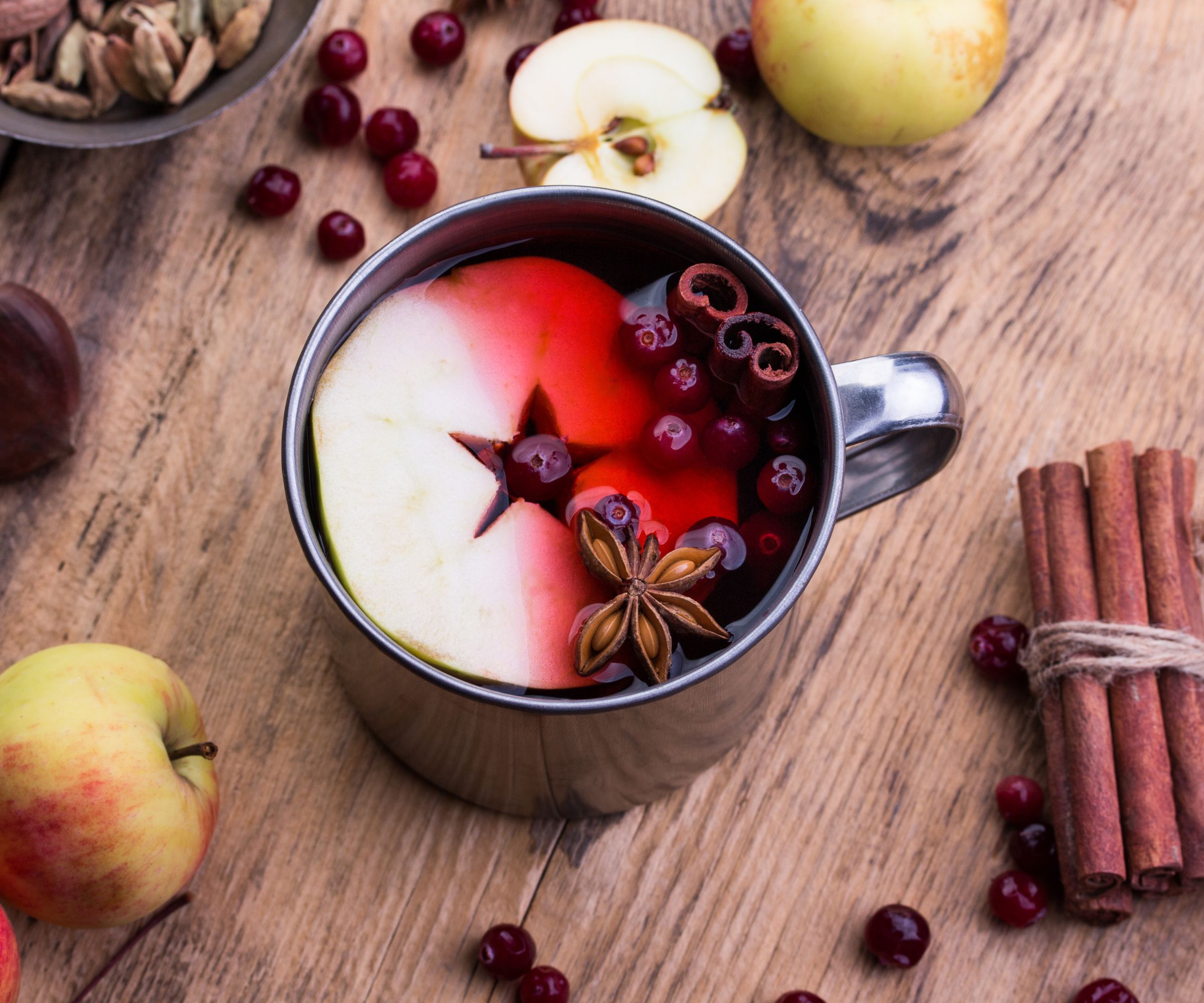
A simmer pot is a natural way to gently fragrance your home.
Jarnot emphasizes that ‘air fresheners do not 'clean the air. They don’t remove odors, they just mask unpleasant odors by releasing scented mixtures.’ We all want to reduce unpleasant odors in the home, but plug-in air fresheners just might not be worth it for that purpose.
If you do have issues with unpleasant odors in one or more rooms in your home, don’t despair. You just need to tweak your strategy for dealing with the smells. Unpleasant odors are always best attacked at the source before they get the chance to affect the air quality in your home. For example, the characteristic dog smell in your home will disappear if you invest in an odor-neutralizing shampoo for your pet and clean your upholstery.
For bathroom smells, there are safe and effective products you can put down your toilet before use. As for food smells that spread from your kitchen, removing things that make your kitchen smell bad is a good start, and increasing ventilation will help banish odors.
If you love scenting or fragrance layering your home, all is not lost.
‘Bottom line, it’s a matter of personal choice’, says Jarnot. ‘As a board-certified toxicologist, I don’t use plug-in air fresheners. When I want to sweeten the air, I simply boil a pot of water containing white vinegar.’
You can purchase white vinegar from Walmart or your regular food store. It's a natural deodorizer, much like baking soda, which most people already have in their pantry.
There are many other all-natural ways to make your home smell nice, including making potpourri bowls with dried fruit and spices or buying fresh flowers (provided you’re not allergic, of course). Some of the best home scents for wellbeing can be obtained in their all-natural form as dried flowers and herbs.
If you do like a designer fragrance, you can use candles or diffusers: although they also release VOCs into the air, you can reduce exposure by only using them occasionally and keeping them under cloches the rest of the time. At least with these home fragrance types, you’re not constantly spraying an unidentifiable cocktail of chemical compounds into the air.
Picking a non toxic candle with a cotton wick is a great start.
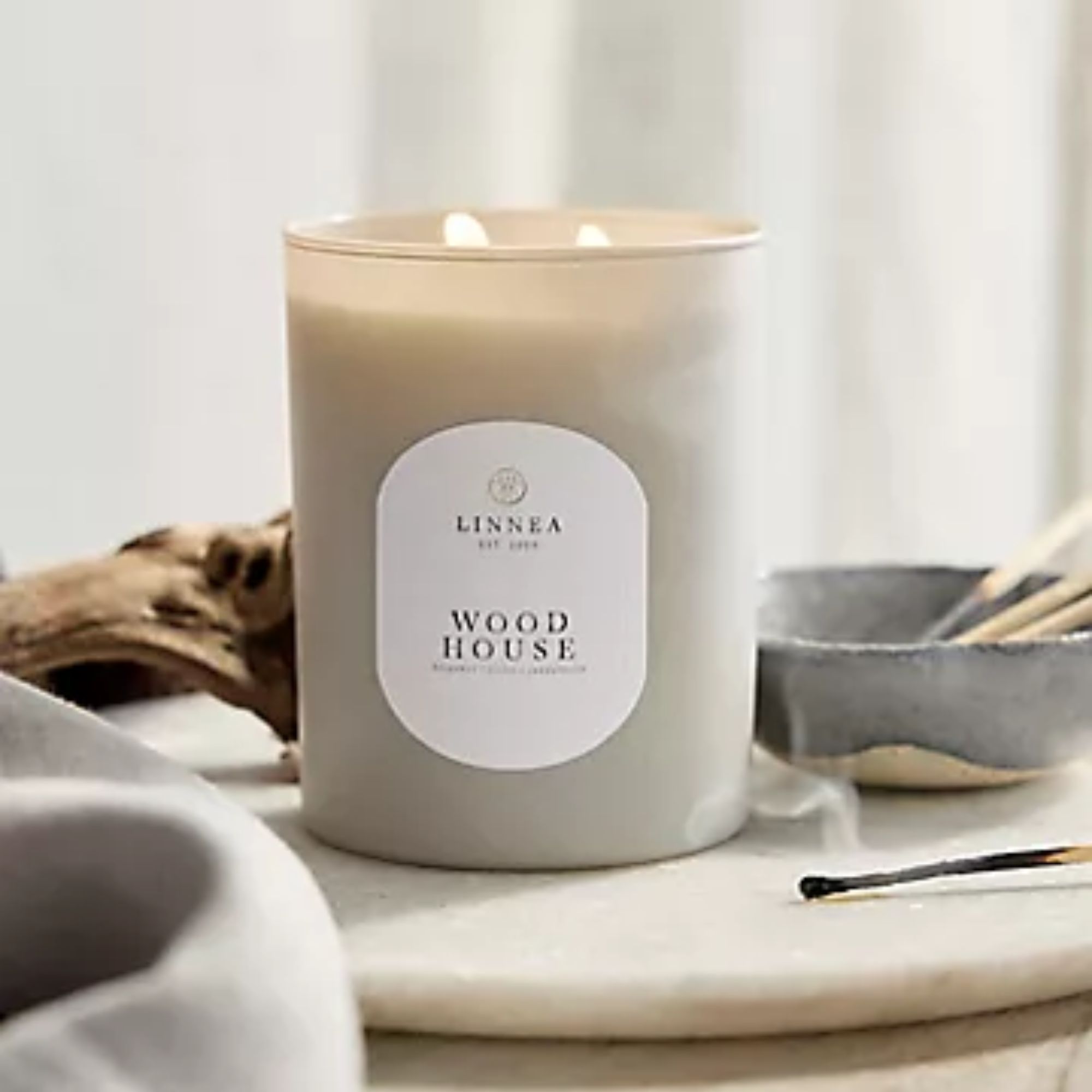
Hand poured in the USA and made with soy wax and 100% cotton wicks, this candle has 60-hour burn time.
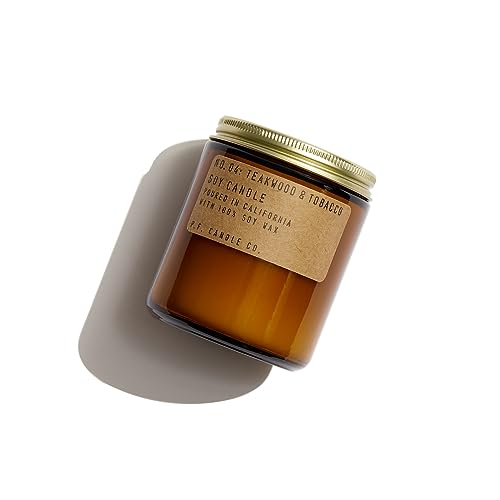
P.F. Candle Co candles are made with pure soy wax and natural fragrances, for beautiful smelling candles that don't pollute your home.
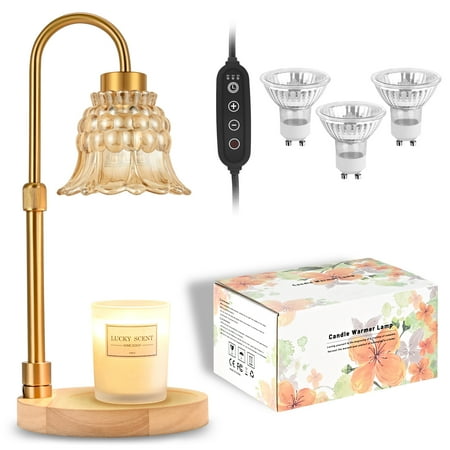
A candle lamp is healthy way to enjoy candles. The light melts the wax surface evenly to release the fragrance without a need for a live flame and candle smoke.
What to shop
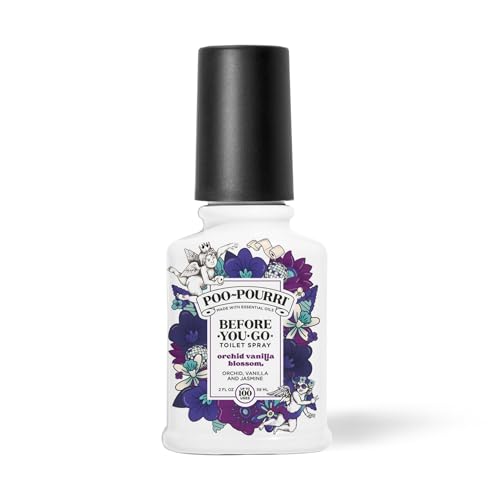
Many people use plug-in fresheners in their bathrooms to combat unpleasant toilet smells. Fortunately, there are now healthier alternatives. Poo-Pourri 'Before You Go' spray is our favorite. It's just water and an essential oil blend. Spray it into the toilet water, so it's not dispersed into the air for a prolonged period of time.
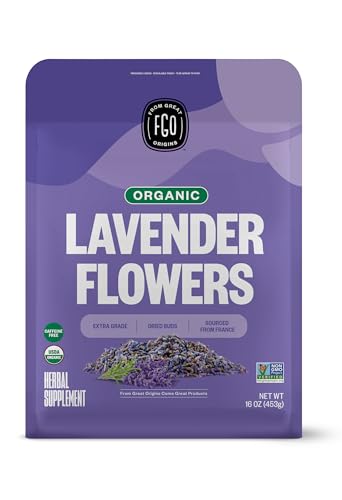
Dried lavender has been used to scent bed linen, clothes, and homes for centuries. Unlike lavender essential oil which may pose health risks for some people, dried lavender is safe to use around your house. This one is high quality, certified organic and grown in France.
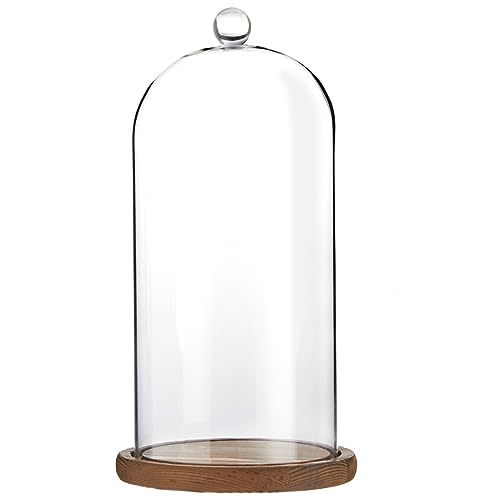
If your preference is still for a candle or reed diffuser, why not house it under this attractive glass cloche when you're not using it? This one is ten inches tall, which makes it suitable for a diffuser or a candle.
To sum up, no home fragrance is completely without risks. However, plug-in air fresheners expose you to regular doses of potentially hazardous chemical compounds and are best avoided for that reason. Non-toxic dry fragrance reeds are loved by our Head of Solved as a safer home fragrancing option.
Next, learn about the toxic storage items in your bathroom to swap out now.

Anna is a professional writer and academic. She taught English Literature for several years before joining Future where she wrote for Real Homes, Homes & Gardens and Livingetc for four years. She is a regular contributor for Parade Home, BiggerPockets, and many other publications. In her spare time, Anna enjoys hiking and gardening.
You must confirm your public display name before commenting
Please logout and then login again, you will then be prompted to enter your display name.